As the water flosser market grows, brands face increasing pressure to maintain product quality and minimize after-sales risks. Common issues like water leakage, unstable pressure, and charging failures can directly impact brand reputation if not handled swiftly and professionally.This guide provides a complete high-frequency problem response guide for brands, offering practical advice on water flosser leakage solutions, pressure instability troubleshooting, charging failure repair manuals, and overall after-sales risk management strategies.https://www.powsmart.com/
Water leakage is one of the most frequently reported complaints for water flossers. A systematic water flosser leakage solution approach includes:
Seal Quality Inspection: Ensure all O-rings and gaskets are properly seated and free from manufacturing defects.
Material Compatibility Checks: Use water-resistant and food-grade materials that resist deformation under pressure.
Assembly Process Optimization: Employ automated sealing equipment for consistent assembly torque, preventing manual assembly errors.
Brands should also educate users on proper maintenance (e.g., not overtightening the reservoir cap) to further reduce leakage incidents.
Unstable water pressure can diminish the cleaning effect and customer satisfaction. Effective pressure instability troubleshooting includes:
Pump Calibration: Ensure the internal pump is calibrated during production to maintain consistent output pressure.
Nozzle Design Review: Optimize nozzle diameter and shape for smooth water flow.
Battery Power Stability: Low or fluctuating battery voltage can cause pressure drops; ensure battery quality and protection circuits are reliable.
Providing clear troubleshooting steps in user manuals can significantly reduce unnecessary product returns and enhance the customer experience.
Charging problems often frustrate users, but many issues are preventable with a proper charging failure repair manual. Key points include:
Connector Quality Control: Ensure charging ports (USB/magnetic) are robust and protected against water ingress.
Battery Management System (BMS) Testing: Verify that the BMS responds correctly to overcharge, short circuit, and temperature anomalies.
Clear User Instructions: Many charging complaints stem from user misunderstanding. Providing a simple charging tutorial can prevent misinterpretations.
For after-sales teams, a standardized repair manual allows fast diagnosis and repair, improving service efficiency and customer trust.
A high-frequency problem response guide is critical for operational efficiency. Brands should:
Document Common Fault Scenarios: Create detailed FAQs and service SOPs for frontline customer service teams.
Train Repair Centers: Equip after-sales centers with diagnostic tools and modular replacement parts.
Analyze Return Data Regularly: Identify recurring issues early and work with OEM/ODM suppliers for design improvements.
Standardizing responses ensures that every customer receives fast, professional support, minimizing dissatisfaction.
Beyond fixing immediate problems, brands must take a holistic after-sales risk management approach:
Warranty Policy Optimization: Offer warranties that protect users without exposing the brand to excessive financial risk.
Pre-shipment Quality Inspection: Increase random testing ratios for finished products, especially for high-risk components like pumps and batteries.
Supplier Collaboration: Work closely with manufacturers to continuously refine product design and solve root causes, not just symptoms.
Proactive after-sales strategies can turn a potential complaint into a brand loyalty opportunity, ultimately strengthening the brand’s position in a competitive market.
By implementing robust water flosser leakage solutions, effective pressure instability troubleshooting, comprehensive charging failure repair manuals, and a well-organized high-frequency problem response guide, brands can significantly reduce after-sales issues.
Strong after-sales risk management not only minimizes financial loss but also enhances brand credibility and customer satisfaction.
Partner with professional OEM/ODM manufacturers who prioritize quality and service — together, we can build water flosser products that delight users and drive long-term success.

The Importance of Water Resistance for Teeth Whitening Devices and Anti-Saliva Corrosion Structure
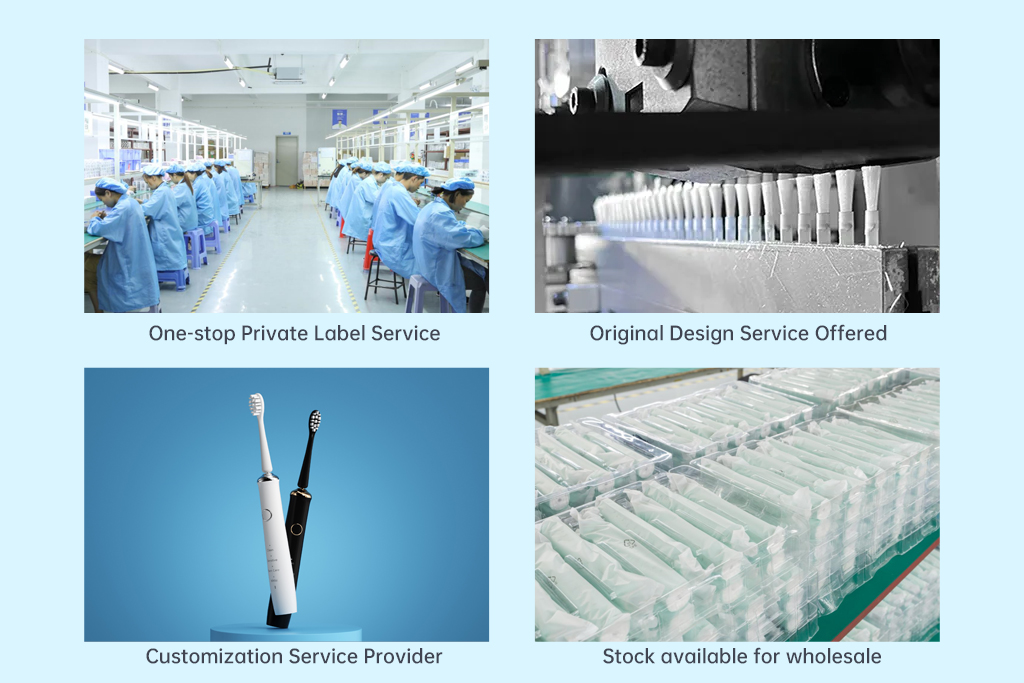
How to Create a High-Conversion Oral Irrigator Product Page

Electric Toothbrush OEM Must-Know Question: How Much Money Can the Existing Mold Library Save?
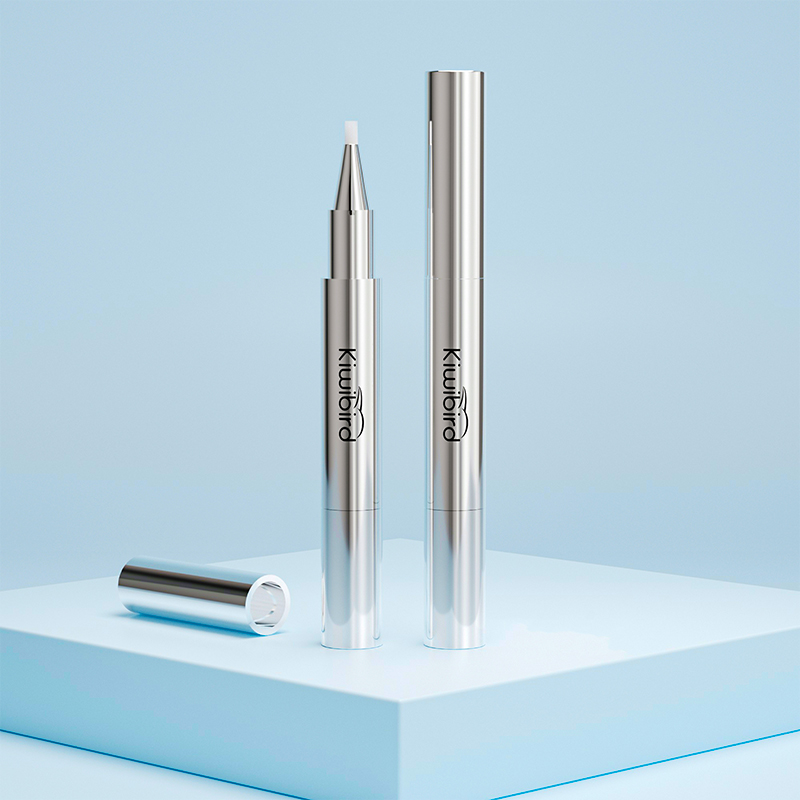
The Oral Beauty Revolution of Teeth Whitening Devices: From “Medical Equipment” to “Cosmetic Bag Item”

Electric Toothbrush Production Process Diagram: Complete Process from Injection Molding to Assembly and Key Points of Quality Inspection
Are Brush Head Compatibility Issues Hiding Liquid Residue Buildup?
Slippery Electric Toothbrush Handles and Faulty Pressure Sensors: Solving Compatibility Issues?
Can Brush Head Rotation Cause Enamel Erosion?
.jpg)
Is the Colorado mountain toothbrush really a Colorado durable toothbrush — proven?
Occlusal Interference Plus Jaw Fatigue – Design Flaw?
.jpg)
Where to read a Bangalore gadget review for an App-connected toothbrush?
Does Toothbrush Battery Life Impact Gum Recession Risk?
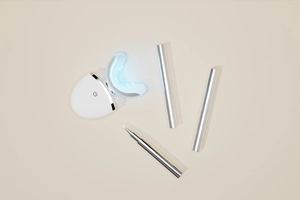
Collaborative Development of Red and Blue Light Teeth Whitening Gel Formulas: How to Increase Whitening Efficiency by 3 Times?
Short Battery Life and Motor Overheating in Electric Toothbrushes: How to Enhance Durability?
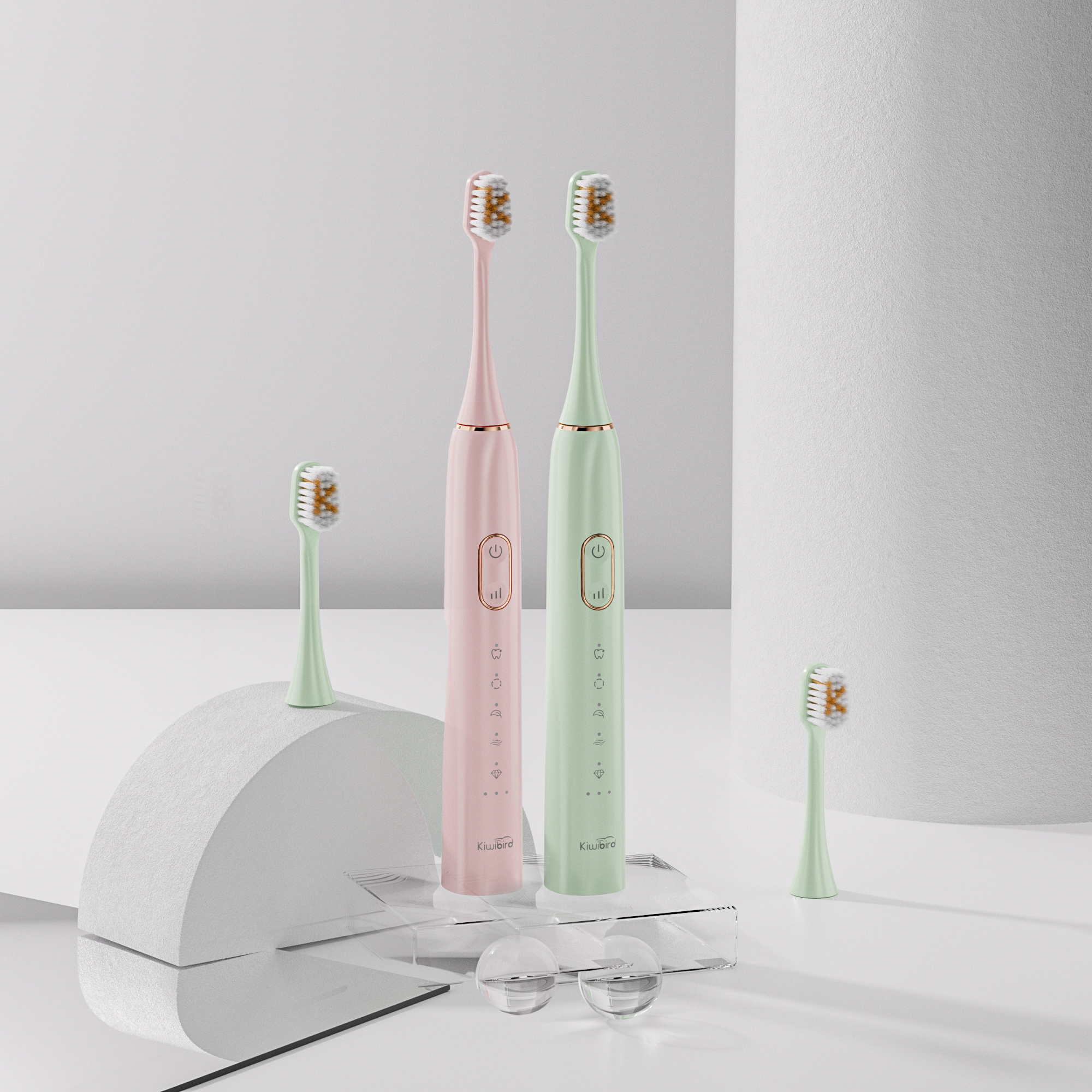
How Can Electric Toothbrush Distributors Reduce Inventory Risk?
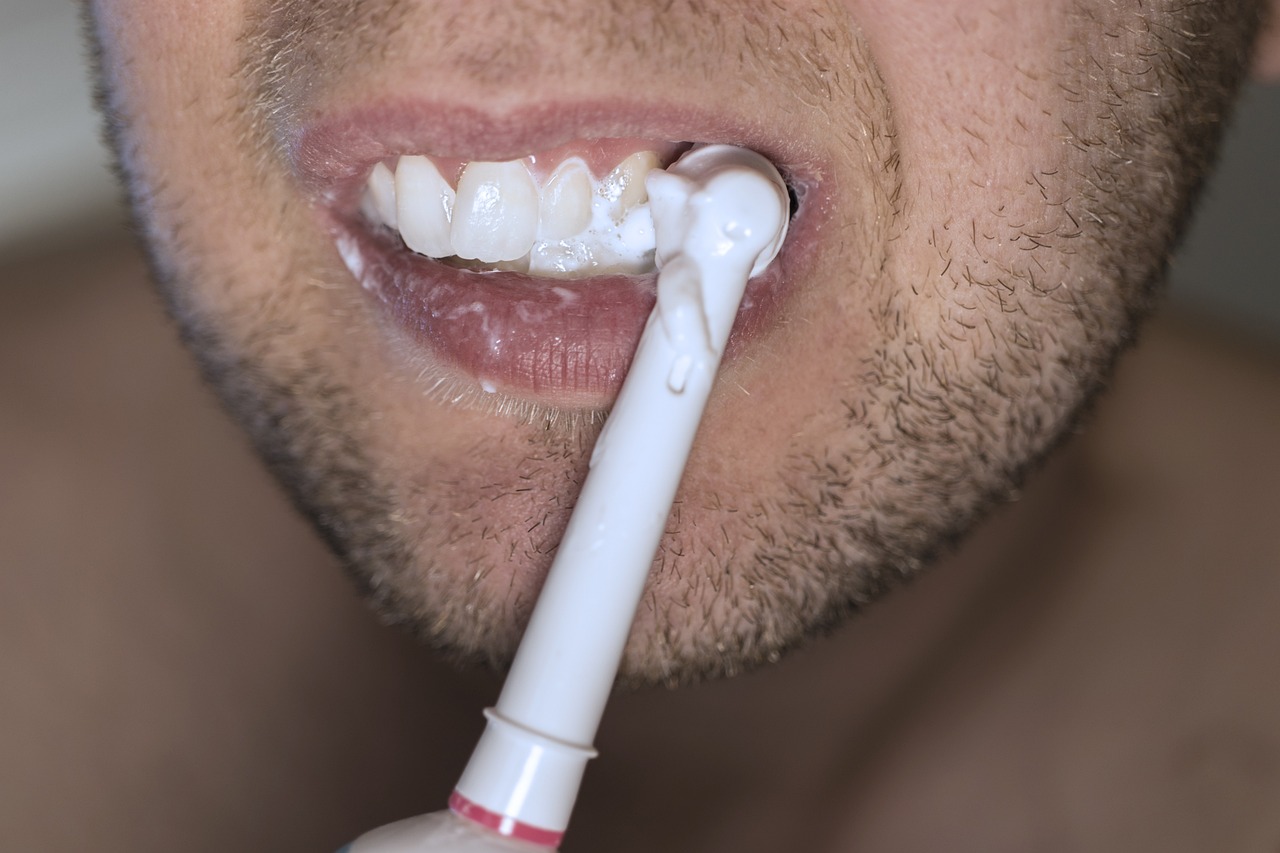
Is the Electric Toothbrush Market Growing?

electric toothbrush heads Ultra Soft
.jpg)
Florida Electric Toothbrush – Powsmart PTR-C8

electric toothbrush heads Charcoal Infuse-Round

electric toothbrush heads Regular Clean

Customization Teeth Whitening Gel

Private Label Whitening Gel

Electric toothbrush heads Charcoal Infused-Diamond

electric toothbrush heads Deep Clean
whstapp
whstapp
National Toll-Free Service Hotline
+86 755 86238638